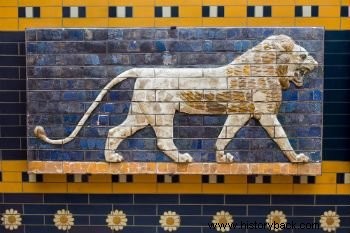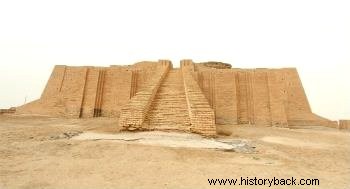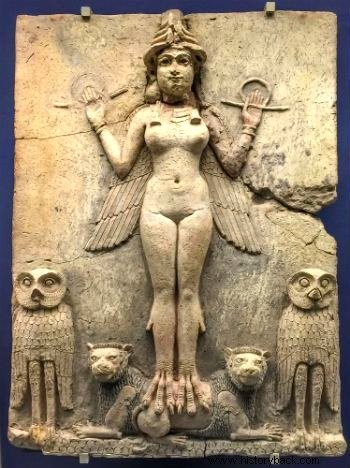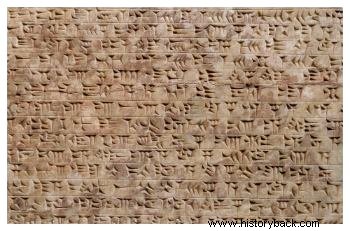Mesopotamian art represents the various artistic manifestations (painting, sculpture, architecture, handicrafts, literature, etc.) that were developed by the Mesopotamian civilization during about 4,000 years.
They inhabited the fertile lands of the valley of the Tigris and Euphrates rivers, territories that today belong to Turkey and Iraq. The main Mesopotamian peoples were:the Sumerians, the Akkadians, the Assyrians, the Chaldeans and the Babylonians.
Key Features
Although it is difficult to bring together the different characteristics that marked Mesopotamian art, given the infinity of peoples and cultures that developed in the region, in general, Mesopotamian art reflects history, politics, religion, the forces of nature and the various conquests of the peoples who inhabited the place until the 6th century BC, that is, until the conquest of the Persians.
The main materials used for the production of Mesopotamian art were clay, adobe, terracotta, ceramics, copper, bronze, basalt, gold, silver, tin, alabaster, rush, ivory and still, several gemstones.
Mesopotamian architecture was the most developed of the arts of this period, being marked by the grandeur of forms. Sculpture and painting had the same decorative purpose, that is, they were produced to decorate architectural spaces.
Mesopotamian Painting

Large murals, utilitarian items and adornment were developed by the Mesopotamians. Many paintings were produced to adorn temples and palaces like murals.
They used different colors (mostly black, white, red and yellow) and mosaics to portray, above all, everyday scenes, war, rituals, ceremonies, gods and also the history of these peoples.
Mesopotamian Architecture

The architectural constructions were marked by their grandeur, which included arches, wall paintings, sculptures and decorations in low relief, especially in temples and palaces.
The main materials used to erect these buildings were clay and bricks burned and baked in the sun. As a main example, we can mention the “Zigurate of Ur”, a kind of temple in the form of a pyramid created by the Sumerians for the worship of the gods.
Mesopotamian Sculpture

Many sculptures were intended to adorn large architectural spaces, just like the paintings, and followed naturalistic and/or realistic standards. Their main characteristic was the absence of movement, thus constituting rigid and static sculptures.
Although some sculptures were produced in stone, most of them were made in clay, which portrayed humans, mythological beings, animals and gods frontally, either standing or sitting.
Mesopotamian Literature

The Mesopotamians also stood out in literature with the creation of poems and epic narratives, such as the "Epic of Gilgamesh", inspiring the description of the flood in Akkad.
Learn more about it by reading the articles :
- Mesopotamian Civilization
- People of Mesopotamia
- Babylonian Empire
- Fertile Crescent
- Byzantine Art
